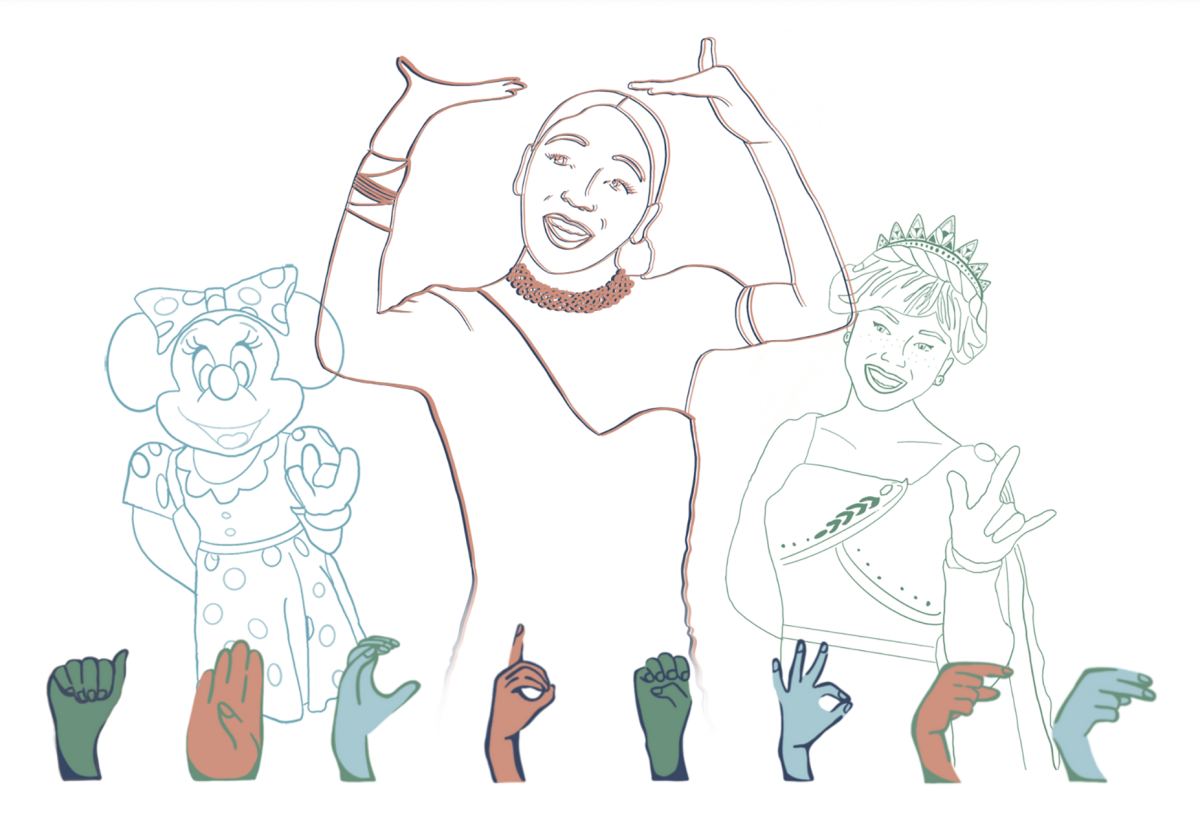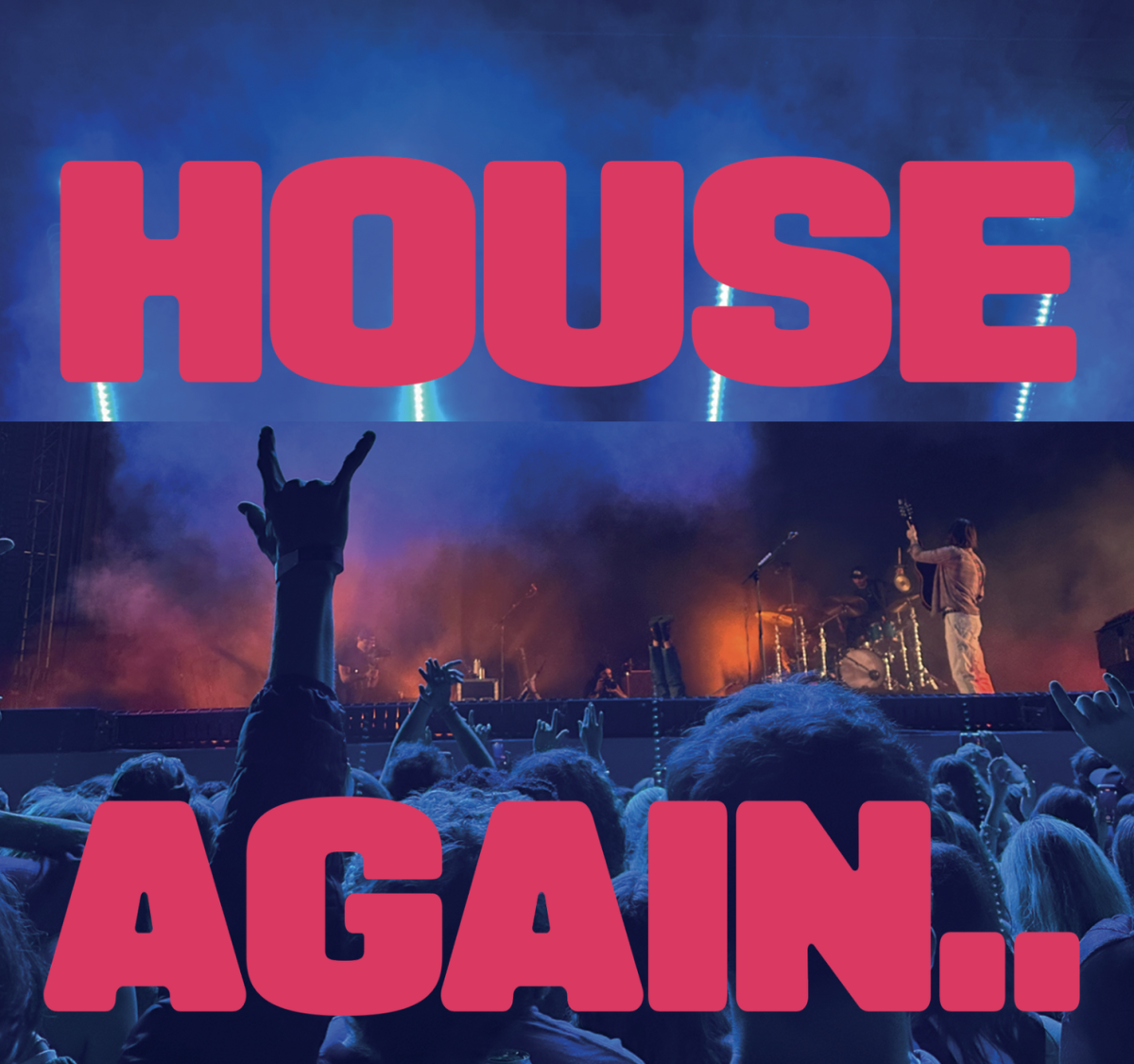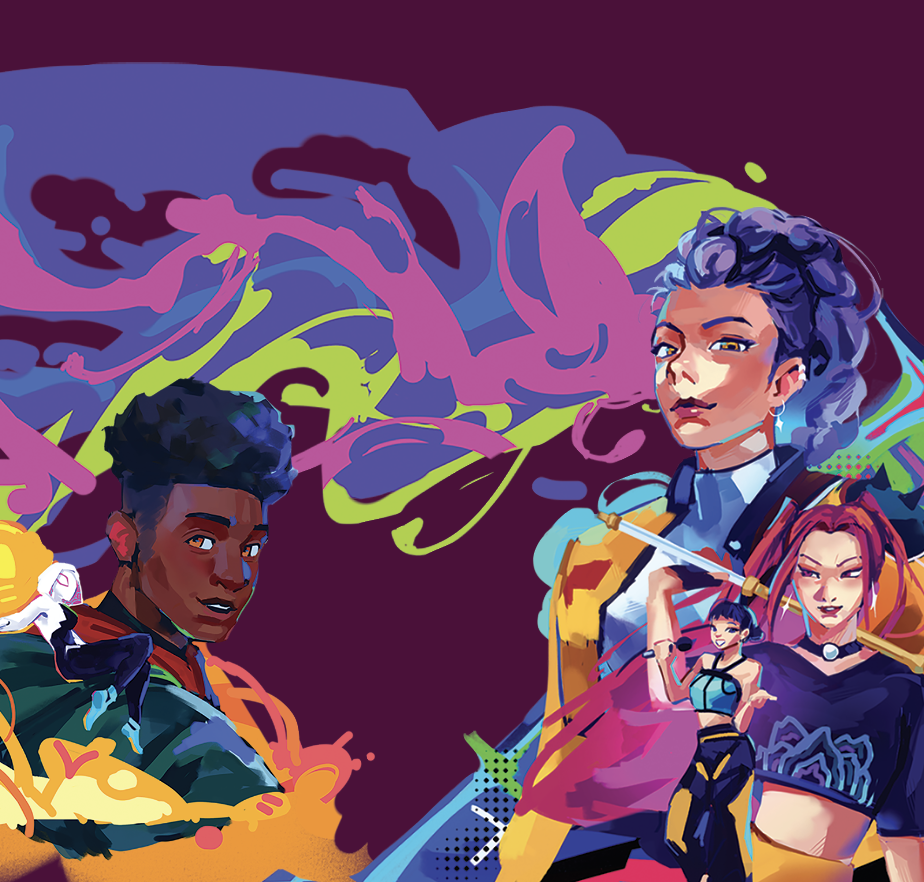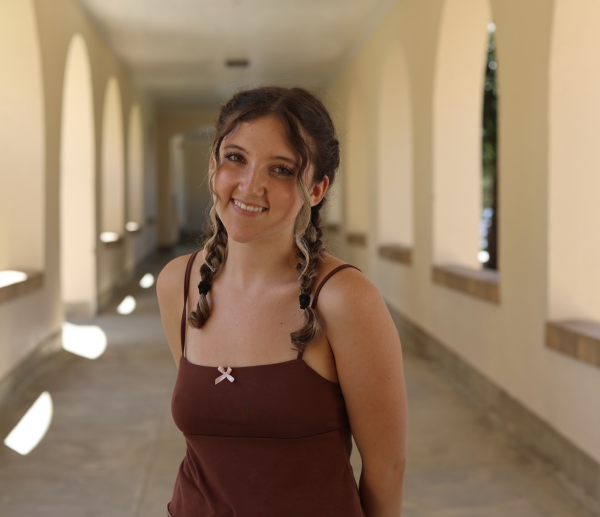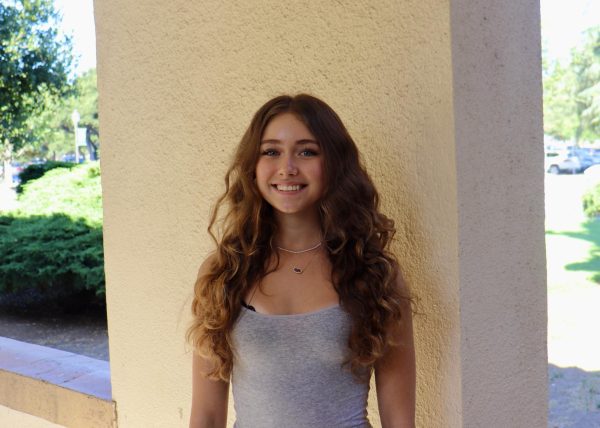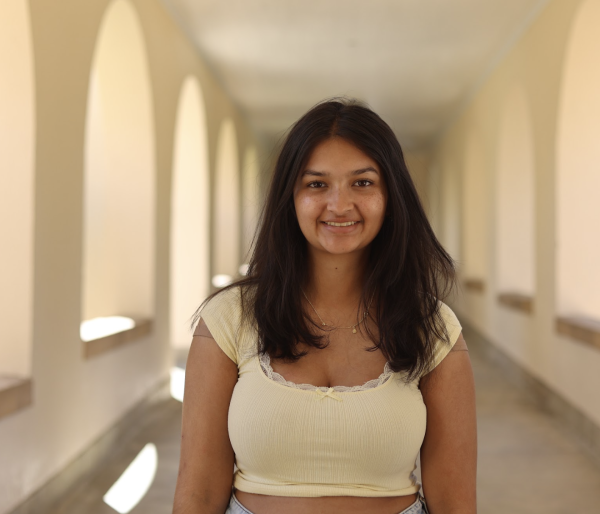When most people think of communicating, they think about audible noises coming from our lips. However, an often-forgotten form of communication, a visual and gestural type, holds significance to many: sign language.
This silent language – expressed through a symphony of hand movements, body language, and facial expressions – is not only a way to convey information, but can also be a vibrant form of cultural identity and self-expression that offers a sense of community to those who use it.
Although gaining popularity now, sign language itself originated hundreds of years ago. Records from different origins and cultures are shown using their hands to sign dating back to the fifth century B.C.E.
Many people in history have aided the evolution of sign language; Juan Pueblo De Bonet, a Spanish priest in the 1700s, created a system of teaching Deaf people how to learn using written language, signs, and reading. More famously, American teacher Anne Sullivan taught Helen Keller how to communicate while being deaf and blind. Their names are only a small portion of those who helped sprout the growth of sign language. Today, there continue to be many teachers and individuals with the same goal, to help grow this nonverbal source of communication.
Learning sign language has been beneficial since its origin, but as the world evolves, the use of sign language evolves and expands with it. As more and more interpreters have been seen at big public events and more schools have begun teaching the language, the Deaf community has become more included and appreciated in a world designed for the hearing.
Palo Alto resident and ASL teacher at Saint Francis High School, Sarah McBride, has been deaf her entire life. Using sign language has helped her feel more inclusive.
“Sign language is a significant aspect of Deaf culture, expressing their identity and values,” McBride said. “When we all learn sign language, it fosters better understanding and inclusion, ensuring nobody feels excluded… By supporting sign language, we promote fairness and create a more welcoming and inclusive world for everyone.”
Learning sign language is not just beneficial to those who use it as a sole form of communication; teaching it in schools allows members of the Deaf community to communicate with their peers and people around them.
“When people know sign language, it makes sure everyone can join in and have the same opportunities,” McBride said, “Learning sign language can also make school better and help people feel happier. When we all learn sign language, it helps us understand and respect each other’s differences, making the world friendlier.”
The Paly ASL pathway offers many benefits to its students. Paly junior Liam Giffen has been learning sign language since he was a freshman.
“There’s a few people in my community who are Deaf and there have been times where I’ve had to sign to them information,” Giffen said. “It would have been a lot harder if I hadn’t been able to sign.”
Similarly, many students find that learning sign language enforces a mind-to-body connection, associating words with movement. Paly Junior, Kyla Vasquez, who has taken ASL throughout high school, feels as if it came naturally to her.
“When I took the class I would find myself accidentally signing some really basic words as I was talking, like moving with my hands,” Vasquez said.
It has been proven that learning sign language fosters many cognitive benefits, such as improving memory and strengthening problem-solving skills.
As the sign language community grows, it is becoming increasingly popular for big social events and programs to hire a sign language interpreter for the Deaf audience in attendance. At the 2023 Super Bowl, pop singer Rihanna had a sensational performance for the halftime show. However, sign language interpreter Justina Miles went viral for her passionate performance of the halftime show, while signing every lyric perfectly.
“I was thinking, before getting there, ‘I just hope that I pop off on a big scale, I hope I reach a big scale for the Deaf community,” Miles said in an interview with CBS News.
It’s people like Miles who inspire community amongst the Deaf and hard of hearing, and allow them to feel included at big events.
“Sign language serves as a bridge that connects people from various backgrounds, promoting inclusivity, empathy, and meaningful connections among individuals of all abilities,” McBride said.
Disneyland Amusement Park has worked to make the park a more welcoming place for those who are Deaf as well. The famous Disneyland parades now contain a sign language viewing zone where Deaf or hard of hearing attendees can get a clear view of sign language interpreters throughout the parade. Some parks also host sign-language-speaking Disney characters that can communicate with Deaf children during meet-and-greets.
Sign language is used primarily by the Deaf, although it is also a valuable tool for those who can hear, such as people who have trouble speaking due to a disability or condition, or those who are surrounded by those who cannot hear, such as families or friends.
Paly Alumni, Sam McBride, comes from a fully Deaf family. She expands on how when her parents were younger they didn’t have access to cochlear implants, so they fully relied on sign language to communicate.
“My parents didn’t receive their cochlear implants at what is considered a pivotal moment in their cognitive development,” McBride said. “Therefore, the way their brain adjusted to the new listening devices made it hard for them to properly learn frequencies, sounds, and even language skills. This is where ASL comes into play. Since they don’t heavily rely on their listening and spoken language skills, they use ASL to properly communicate with their peers, including my brother and me at home.”
While the primary uses of sign language are by those who need it in their everyday lives, many Paly students willingly take advantage of the ASL class to broaden their communication abilities.
“It’s really interesting to learn and being able to communicate with my siblings and practice with them has been nice and caused a lot of bonding,” Giffen said.
Learning ASL is a fundamental skill that students can carry with them throughout their lives, even once they leave the classroom.
Although it is often said that English is the universal language, some might argue that in reality, the universal language is one that is never spoken at all. Sign language has many different adaptations depending on where one lives and learns to speak it. While many aspects of these adaptations are similar, certain words and phrases in each are changed based on the origin.
Over the years, the recognition of sign language as a legitimate means of communication has grown exponentially. Many countries around the world now officially recognize their national sign language with educational systems offering courses as part of their curriculum.
However, a crucial role in promoting the use of sign language has been the growth of technology. Online resources, video tutorials and sign language apps make learning the language more accessible to a wider audience, regardless of background. Rather than signing up for formal classes, one can just open an app on their phone.
With these advancements in technology, it is no surprise that sign language continues to grow and expand. Whether one learns American sign language or French sign language, the outcome is remarkable for all those involved who learn it.
As we look to the future, the continued promotion and integration of sign language into educational curriculums and social events will further amplify its impact. By embracing the language of our hands, we not only honor the diversity of communication but also show a commitment to building a more inclusive society and interconnected world for all.
“Since its establishment and discovery, sign language has evolved into something that is much more than just a language, but a community,” McBride said. “It has expanded to reach a large population of individuals who are now part of that Deaf community, ranging from interpreters, hearing parents of Deaf babies to people who are eager to learn the language.”


